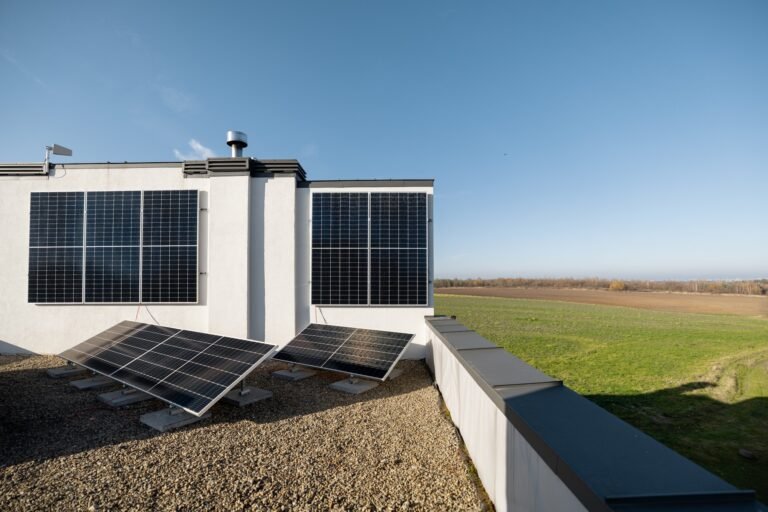Choosing the right flat roofing system is crucial for both homeowners and business owners, as it impacts the building’s longevity, efficiency, and overall cost-effectiveness. Flat roofs are popular due to their cost benefits, ease of installation, and versatility, but selecting the appropriate system depends on several factors. Here’s a detailed guide to help you make the best choice for your home or business.
1. Assess Your Needs
Before selecting a flat roofing system, consider what you need in terms of durability, maintenance, energy efficiency, and aesthetics. Each system offers different benefits:
- Durability and Longevity: Some materials are more resistant to weather, UV radiation, and mechanical damage.
- Maintenance Requirements: Consider how much time and money you are willing to invest in maintenance.
- Energy Efficiency: Some roofing materials can help reduce energy costs by providing better insulation or reflective properties.
- Aesthetics: The appearance of the roof might be important, especially for commercial buildings that are concerned with brand image.
2. Understand Different Types of Flat Roofing Systems
Several types of flat roofing systems are available, each with unique characteristics:
- Built-Up Roof (BUR): This traditional hot-tar-and-gravel roof is built from multiple layers, making it durable and resistant to foot traffic. It’s a good choice for roofs that experience high traffic or need substantial protection.
- Modified Bitumen: This type of single-ply rolled roofing is comparable to an ice-and-water shield but features a mineral-based wear surface. Torch-down systems require heating the adhesive as the material is rolled out, whereas self-adhering systems are safer and simpler to install.
- Rubber Membrane (EPDM): Ethylene propylene diene monomer (EPDM) is a true rubber that is resistant to sunlight and can be installed anchored, ballasted, or fully adhered. It’s lightweight but vulnerable to punctures.
- PVC and TPO Roofing Systems: Both options are lightweight and highly resistant to breaks, moisture, and contaminants. These roofs reflect sunlight effectively, reducing cooling costs in warm climates.
3. Professional Installation and Warranty
Choosing the right contractor is as important as selecting the roofing material. Proper installation is crucial for the longevity of the roof:
- Certified Contractors: Hire professionals such as Watkins Flat Roofing to install the specific type of roofing system you choose. This ensures proper installation and maximizes the lifespan of the roof.
- Warranty: Look for comprehensive warranty options that cover both materials and labor, which can provide peace of mind and protect your investment.
4. Consider Environmental and Climatic Factors
The local climate plays a crucial role in deciding the right flat roofing material:
- Hot Climates: Look for materials that reflect sunlight to reduce cooling costs, such as white or light-colored PVC or TPO membranes.
- Cold Climates: Opt for systems that offer better insulation, like thicker BUR systems.
- Windy Areas: Ensure that the roofing system you choose can withstand high winds, especially for taller buildings.
5. Budget Constraints
The cost will inevitably influence your choice of flat roofing:
- Initial Installation: Some systems are cheaper to install but may have higher long-term maintenance costs.
- Long-Term Savings: Investing in a more expensive, durable system can reduce the frequency of repairs and replacements.
Conclusion
Choosing the appropriate flat roofing system for your home or business involves considering various factors, such as environmental conditions, budget, and the specific needs of your building. By familiarizing yourself with the available systems and taking these factors into account, you can make a well-informed decision that strikes a balance between cost, efficiency, durability, and aesthetics. It’s essential to consult with a professional roofing contractor to receive customized advice and achieve the best results for your roofing project.


































